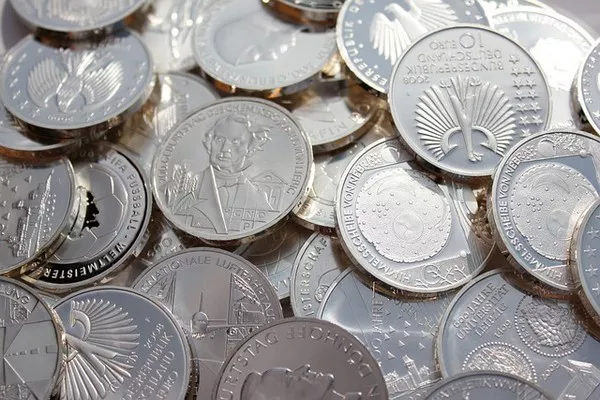In the realm of commodities, silver has long held a unique allure for investors seeking to diversify their portfolios and hedge against economic uncertainties. Often dubbed “poor man’s gold,” silver has a rich history as both a precious metal and an industrial commodity, which influences its market dynamics and investment appeal. As with any investment decision, determining whether it’s a good time to invest in silver requires a comprehensive analysis of various factors affecting its price and future prospects.
Understanding Silver’s Appeal
Silver’s dual role as both a precious metal and an industrial material shapes its market demand and price trends. Historically, silver has been used in jewelry, silverware, and as a store of value similar to gold. However, its industrial applications in electronics, solar panels, and medical instruments contribute significantly to its overall demand profile. This unique dual-demand nature means that silver prices can be influenced by both economic factors and investor sentiment.
Current Market Trends
As of now, the global economic landscape is characterized by several key trends that impact silver prices:
Inflation Concerns: Heightened inflationary pressures can drive investors towards precious metals like silver, which are viewed as stores of value.
Global Economic Growth: Strong economic growth typically increases industrial demand for silver, thereby supporting prices.
Currency Movements: Silver, like gold, is often seen as a hedge against currency depreciation, particularly in times of geopolitical uncertainty or when major currencies experience volatility.
Factors Influencing Silver Prices
1. Industrial Demand
Silver’s industrial applications account for a significant portion of its consumption. The expansion of technologies such as renewable energy (solar panels) and electronics (smartphones, computers) drives demand for silver. Any advancements or setbacks in these sectors can impact the metal’s price.
2. Investor Sentiment
Investor sentiment plays a crucial role in determining short-term price movements. Factors such as geopolitical tensions, central bank policies (especially interest rates), and macroeconomic indicators influence whether investors view silver as an attractive investment option compared to other assets.
3. Supply Dynamics
Silver mining production and recycling contribute to its supply. Changes in mining output, geopolitical factors affecting mining regions, and technological advancements in mining techniques all affect the availability of silver in the market. Supply disruptions or increases can lead to price volatility.
4. Inflation and Monetary Policy
As a traditional hedge against inflation, silver tends to perform well when inflation rates rise. Central bank policies, such as quantitative easing or tightening, also influence investor perceptions of silver’s value relative to fiat currencies.
Technical Analysis of Silver Prices
Technical analysis involves examining historical price patterns and market indicators to forecast future price movements. Key technical indicators for silver include moving averages, relative strength index (RSI), and support/resistance levels. Traders often use these tools to identify entry and exit points based on price trends and momentum.
Long-Term Investment Perspective
For long-term investors, silver can serve as a hedge against inflation and currency depreciation. Its finite supply and enduring demand across industrial sectors suggest potential price appreciation over extended periods. Diversifying a portfolio with silver can reduce overall risk by offsetting losses in other asset classes during economic downturns.
Risks and Considerations
Despite its potential benefits, investing in silver carries inherent risks:
Volatility: Silver prices can be highly volatile, influenced by global economic trends and speculative trading.
Industrial Demand Fluctuations: Economic slowdowns or shifts in industrial production can impact silver demand and prices.
Currency Fluctuations: Changes in exchange rates can affect silver prices, particularly when the US dollar strengthens or weakens against other major currencies.
See Also Finding Silver at Spot Price
Conclusion
The decision to invest in silver should be based on a thorough understanding of its market dynamics, economic drivers, and your individual investment goals. While silver offers diversification benefits and a hedge against inflation, its price volatility and sensitivity to economic cycles require careful consideration. Assessing current market conditions, global economic trends, and geopolitical developments can provide valuable insights into whether now is a favorable time to invest in silver.
Ultimately, maintaining a balanced portfolio that includes a mix of assets—equities, bonds, real estate, and commodities like silver—can help mitigate risks and enhance long-term returns. Whether you’re a seasoned investor or new to commodities, staying informed and consulting with financial advisors can help you navigate the complexities of investing in silver effectively.


